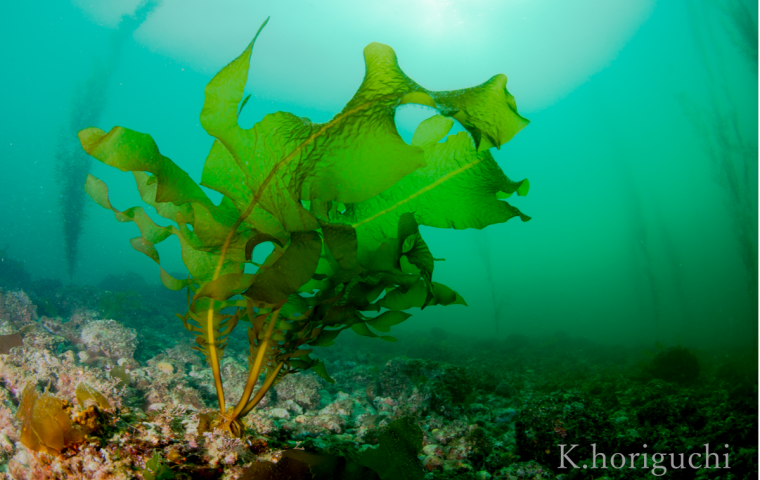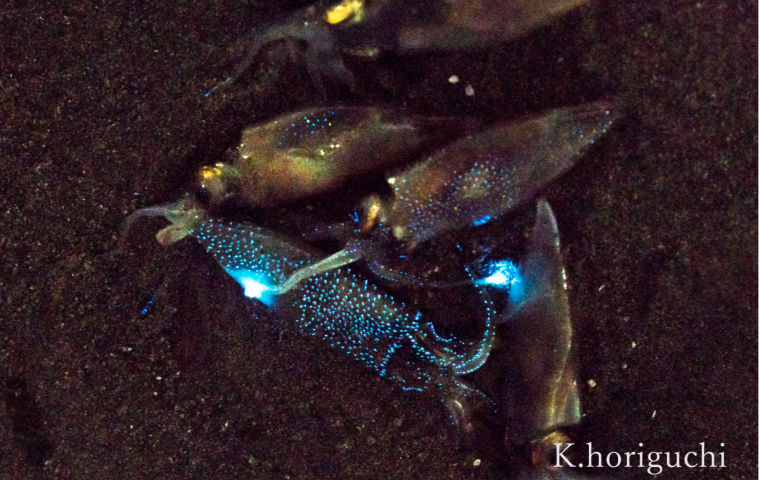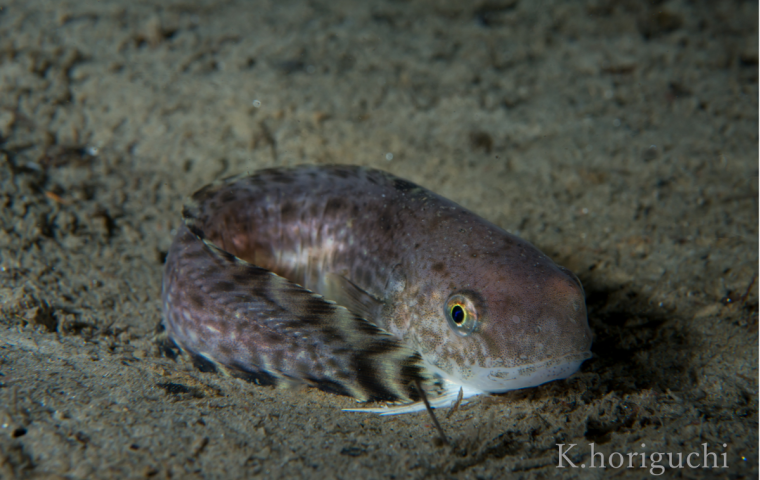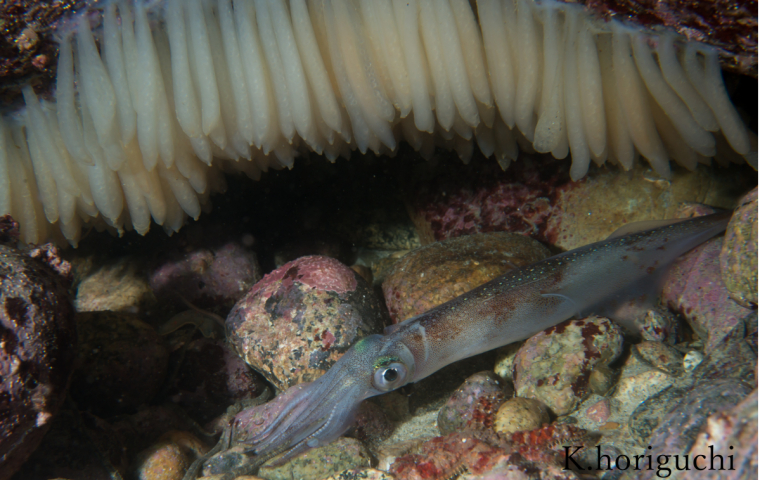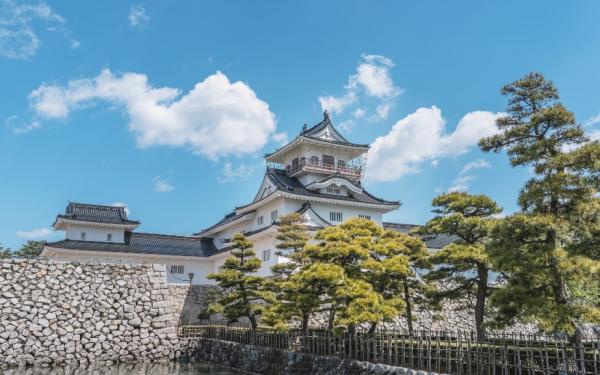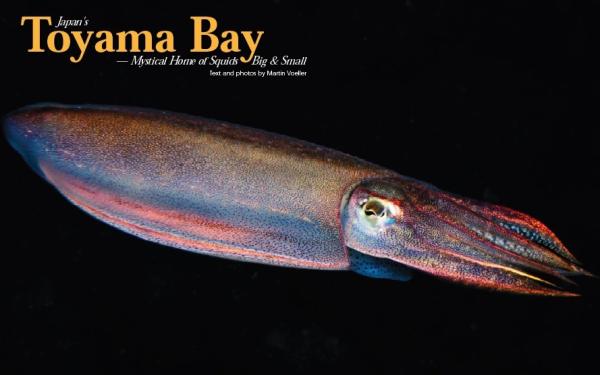About Toyama
Diving in Toyama Prefecture offers an exceptional opportunity to explore the diverse marine ecosystems along its picturesque coastline, complementing the region's stunning mountain landscapes and rich cultural heritage. Despite being renowned for its majestic mountains and traditional wooden buildings, Toyama Prefecture's coastal waters are also a hidden gem for diving enthusiasts.
With 30% of the prefecture's area designated as national parks, including Chūbu-Sangaku National Park and Noto Hantō Quasi-National Park, Toyama offers a pristine natural environment that extends beneath the waves. Divers can explore a variety of underwater habitats, from rocky reefs to sandy bottoms, each teeming with vibrant marine life.
Toyama's coastal waters are rich in marine biodiversity, thanks to the nutrient-rich currents flowing from the Sea of Japan. Divers can expect to encounter a wide array of marine species, including colorful fish, crustaceans, and other fascinating creatures. From graceful sea turtles to elusive octopuses, the underwater world of Toyama Prefecture offers surprises at every turn.
While diving infrastructure in Toyama may be less developed compared to other coastal regions, there are opportunities for guided diving excursions and equipment rental for those interested in exploring the region's underwater treasures. Local dive operators can provide insights into the best dive sites and assist divers of all levels in enjoying a safe and memorable diving experience.
Whether you're a beginner looking to take your first dive or an experienced enthusiast seeking new underwater adventures, diving in Toyama Prefecture promises an unforgettable journey into the heart of Japan's underwater world. So pack your gear, dive into the crystal-clear waters of Toyama's coastline, and immerse yourself in the natural wonders waiting beneath the surface.
Local Areas
